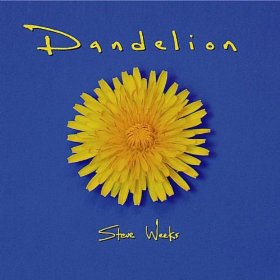Ooooooh I am so excited about this book!
Read Any Good Math Lately? Children’s Books for Mathematical Learning, K-6 by David J. Whitin and Sandra Wilde.
In general, I love teaching from children’s books. I find that kids don’t feel like they’re “being taught” and are less resistant to listening to a story than to sitting down for a math lesson. Once they’ve made a connection to a concept in such a natural and friendly way, they are much more likely to experiment with the concept on their own and be open to hearing more about it. I’m a huge fan of the Five in a Row “curriculum” and was super excited to find Teaching Physical Science Through Children’s Literature.
Read Any Good Math Lately? promises to provide just as much fun and learning. The book divides math into 10 different skill sets including place value and numeration systems, fractions, geometry and multiplication and division. For each skill set it examines a number of ways of approaching the problem and highlights books that represent the problem in that way. For example, the subtraction chapter addresses subtraction as take-away, subtraction as missing addend, subtraction as comparison, subtraction as set-within-a-set and the inverse relationship between addition and subtraction. Books
So you can see this book will take us beyond the basic “count to 10” picture books so popular for young children. (But don’t worry, those are included as well!)
After examining varying approaches to the problem, Whitin and Wilde provide examples of how teachers have used books to teach these concepts in their classrooms. Examples of lessons and pictures of children’s work are provided for grades K-2, 3-4, and 5-6. You’re then given a list of activities for “further explorations.” And finally, a list of a dozen or more children’s books that will help teach that concept.
The activities are brilliant and include a lot of writing about math. One example is a letter a boy has written to his father explaining the concept of factorials and when and why you would apply this math function. Younger kids have drawn pictures or written their own stories illustrating math concepts. There are many suggestions of how to find math in real life. I love the way Whitin and Wilde show how to use these books to make math relevant to kids. They really help to answer the question, “Why do we need to know this?”


2 Responses
That's interesting and something I'll keep in mind for N. I don't know what I'm going to do with her. She's doesn't seem to be a math kid or really any kind of academics kid.
Give her time, Helen. She's still so young!There was another book I'd recommended on the board filed with math games. I can't for the life of me remember the name of it of find my post about it, but when I do I'm going to put it here so I can find it again.